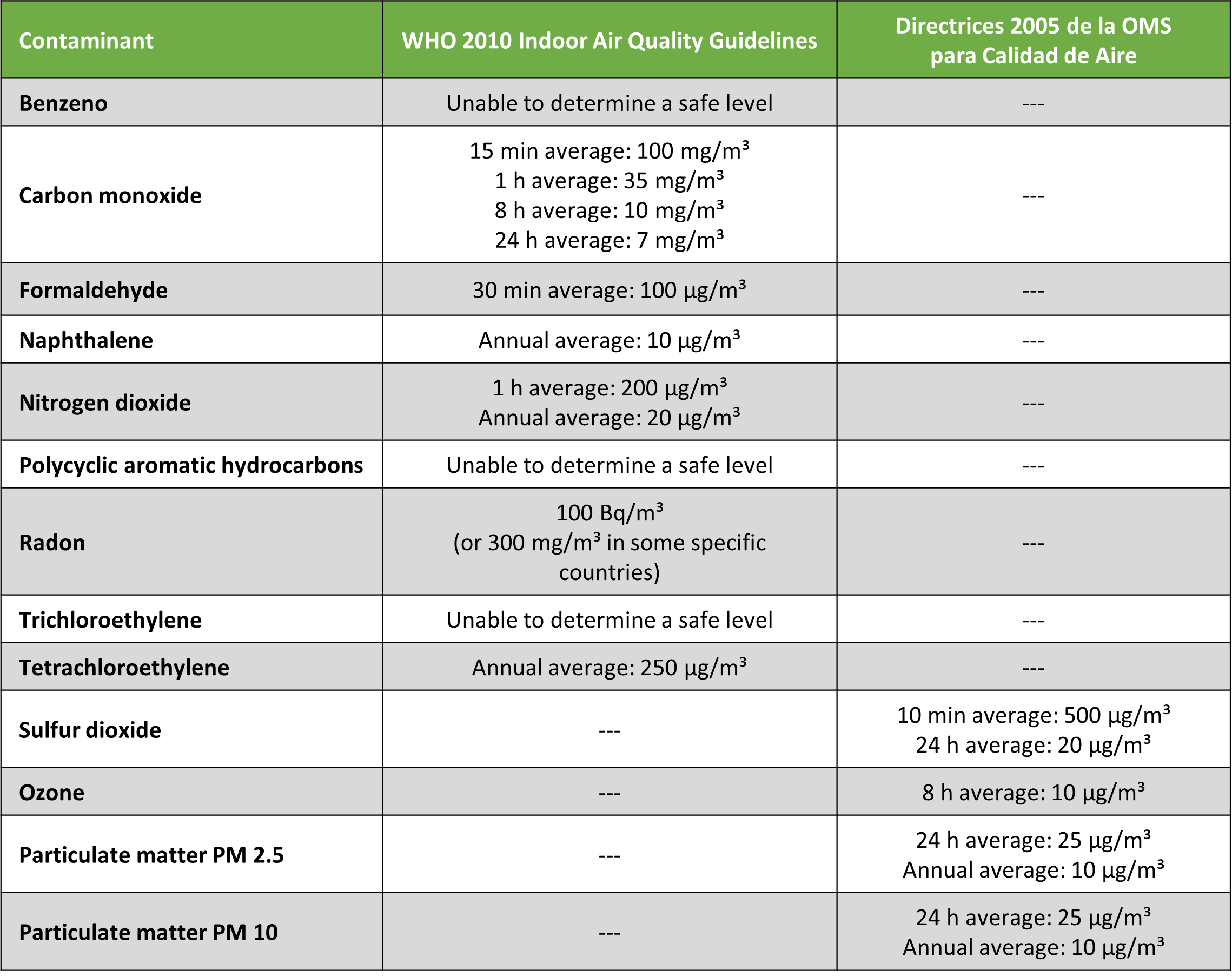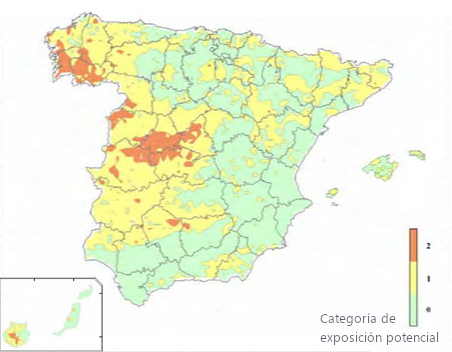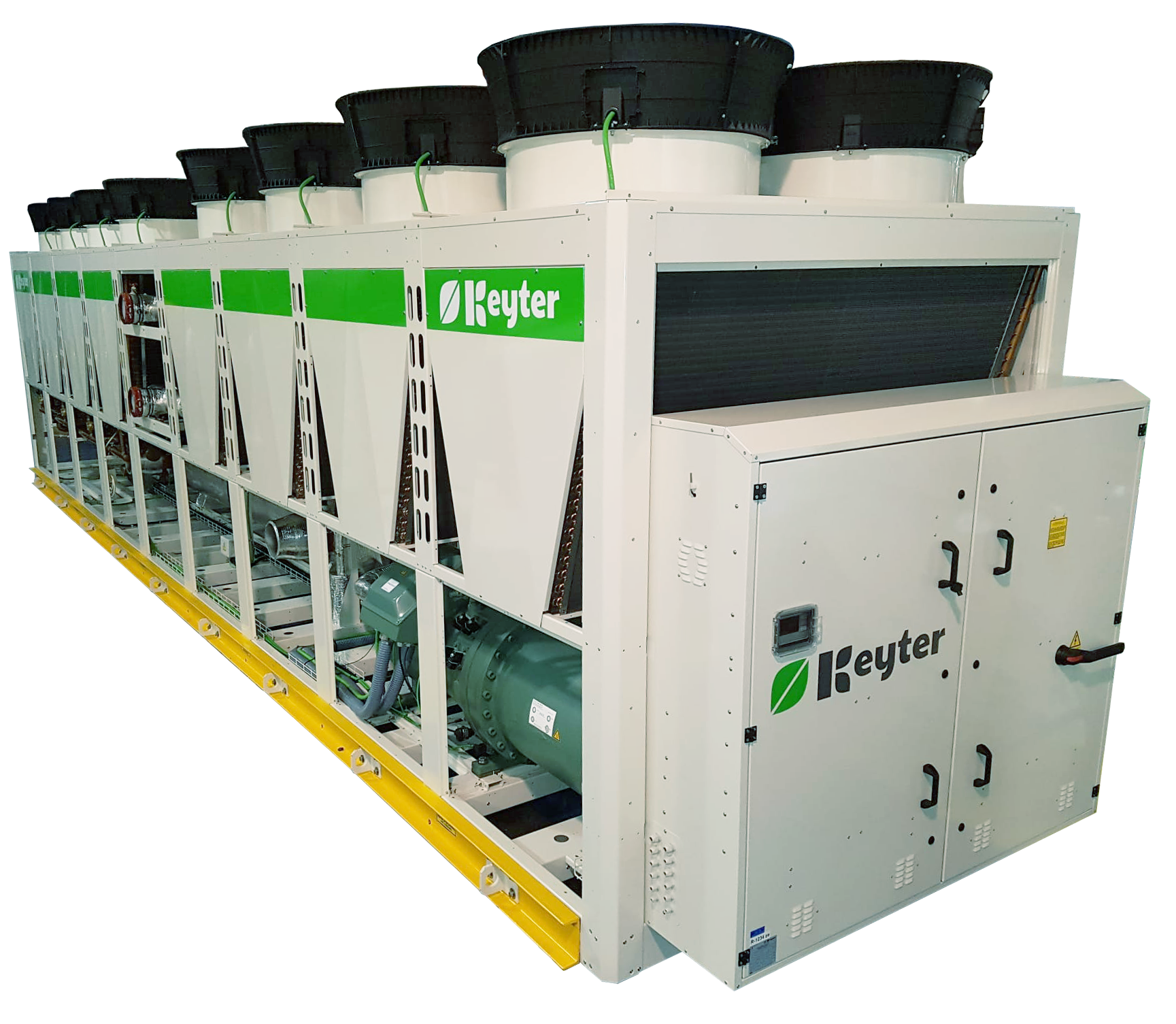Impact Of UNE 16798 (WHO) On The Ventilation Criteria Of The New RITE
The IAQ Cluster for Air Quality and the National Installers Confederation, CNI, organized the second edition of the Technical Seminar for Air Quality, titled “Efficiency and air quality. Key factors in the comprehensive rehabilitation of buildings with European funds.” The event took place in Madrid on September 29th, either in-person or via streaming, and featured significant experts in the field.
Jose J. Arboledas, as a Member of the Technical Committee of CNI (National Installers Confederation), presented the lecture “Impact of UNE 16798 (WHO) on the ventilation criteria of the new RITE” and its implications for the future calculation of space ventilation.
The entire discussion revolved around the concept of Indoor Air Quality (IAQ) and its upcoming Regulatory and Normative evolution, considering the implications for health and the involvement of the World Health Organization (WHO) in these regulations, providing acceptable concentration values for some common substances in our environments.
The concept of “air quality” in RITE translates to “Requirement for well-being and hygiene” in its IT 1.1:
- Well-being based on parameters such as temperature, relative humidity, air velocity, and aspects related to UNE EN ISO 7730 (Discomfort from drafts, vertical temperature stratification, warm and cold floors, and radiant temperature asymmetry).
- Hygiene based on CO2 concentration in the room.
The current situation of space ventilation is divided into two perspectives: the vision of ventilation in the Technical Building Code (CTE) and that of the RITE. They differ significantly in functionality, as RITE injects filtered air into each room, ensuring effective contaminant dilution, while CTE extracts air from wet rooms (bathrooms and kitchens), potentially creating preferential paths within the home and not guaranteeing contaminant dilution in any case.
This presentation focuses on installations under RITE, where ventilation will always occur through the supply of filtered outside air. This aligns with the philosophy of the new regulations that RITE incorporates in its text, not yet in force but imminently applicable, the UNE EN 16798 family, parts 1, 3, and 17. These are all based on the energy efficiency of buildings with complementary objectives:
- Part 1: Indoor environmental parameters
- Part 3: Requirements for ventilation systems
- Part 17: Inspection of ventilation systems
This family of standards establishes three Calculation Methods for ventilation rates:
- Method 1: Based on perceived air quality, assigning airflow to individuals and inhabited spaces, considering the Predicted Percentage Dissatisfied (PPD) and the contaminant emission level of the building.
- Method 2: Using substance concentration limit values, similar to the Dilution Method used by RITE.
- Method 3: Based on predefined ventilation airflow rates, similar to Method 1 but with values tabulated in tables provided by the standard.
Regardless, all methods must comply, as stated in Annex A (Normative), “with the values of the WHO guidelines” listed in the following table:

While these contaminants may be unfamiliar to the public, they are present in our homes, workplaces, and recreational spaces to varying degrees. Although the list is limited, there are about a thousand known contaminants, and their combinations can also be harmful, expanding the list even further.
One such contaminant is Radon, known for its ionizing effects and radioactive pollution, contributing to lung cancer. This colorless, odorless, and tasteless gas is produced by the natural radioactive decay of uranium in soil and rocks. Radon easily emanates from the ground into the air, where it undergoes decay and emits other radioactive particles. As a supporting document, we refer to the one published by the Nuclear Safety Council (CSN).

Its significance led to the recent publication of Royal Decree 029/2022, dated December 20, which approves the Regulation on health protection against risks from exposure to ionizing radiation. Its purpose is to “establish rules related to the health protection of workers and the public against risks from exposure to ionizing radiation.”
Another well-known contaminant is formaldehyde, frequently found in our homes in furniture, melamine finishes, and other products. It is often accompanied by other VOCs such as benzene, styrene, ethylbenzene, etc.
Classified as a Group 1B carcinogen, its presence in our environments is highly undesirable based on evidence from animal studies.
Perhaps one of the contaminants most familiar to the general public is Particulate Matter. These air pollutants, especially PM10 and PM2.5, are significant in terms of health hazards (with a diameter equal to or less than 10 microns for PM10). They can be inhaled, entering the respiratory system, and the smaller ones (2.5 microns or less – PM2.5) can even reach the pulmonary alveoli, carrying harmful substances to sensitive areas and exacerbating conditions that may lead to premature death. Particles, especially PM2.5, may be involved in increased mortality and morbidity from respiratory and cardiovascular causes. In addition to PM10 and PM2.5, ultrafine particles (less than 0.1 microns, UFP) can enter the bloodstream and affect various organs, the central nervous system, and the reproductive system, among others (Ministry for the Ecological Transition and the Demographic Challenge).
Particulate matter has recently gained attention in the media due to the ban on the manufacture of glitter and the use of artificial turf in sports centers due to their high contamination, both in the air and water.
At Keyter, we have developed a guide to identify some of these VOCs by material, finish, or treatment.
What solutions can we apply to meet these regulatory and, above all, vital health premises? There is only one: dilution through mechanical ventilation, supplying outside air. This outside air is much cleaner than that present in our environments and must be forcibly introduced to lower concentrations.
At KEYTER, we propose well-established solutions to make our environments suitable. The use of hydronic systems, a combination of a chiller and Air Handling Unit (AHU), is optimal.

Power generation through Air-Water equipment and indoor air treatment through AHU should be the IAQ standard for any air conditioning installation.
KEYTER, in addition to providing customized calculations for the design of air conditioning and ventilation systems, offers the TITAN range of AHUs that incorporate essential energy-recovery features, in compliance with regulations. These AHUs must be powered by Air-Water equipment, which Keyter also provides in a wide variety based on installation needs.
For individual rooms, compact units with Active-Passive Recovery (APR) are available, and for larger spaces, our Roof Tops with active inverter recovery. This type of recovery is necessary for spaces with highly fluctuating occupancy, ensuring energy recovery from the 0.28m³/s (1,008m³/h) limit set by RITE for extraction air.
More articles
Interested in other (technical) knowledge articles? Keep yourself up to date and read them all

